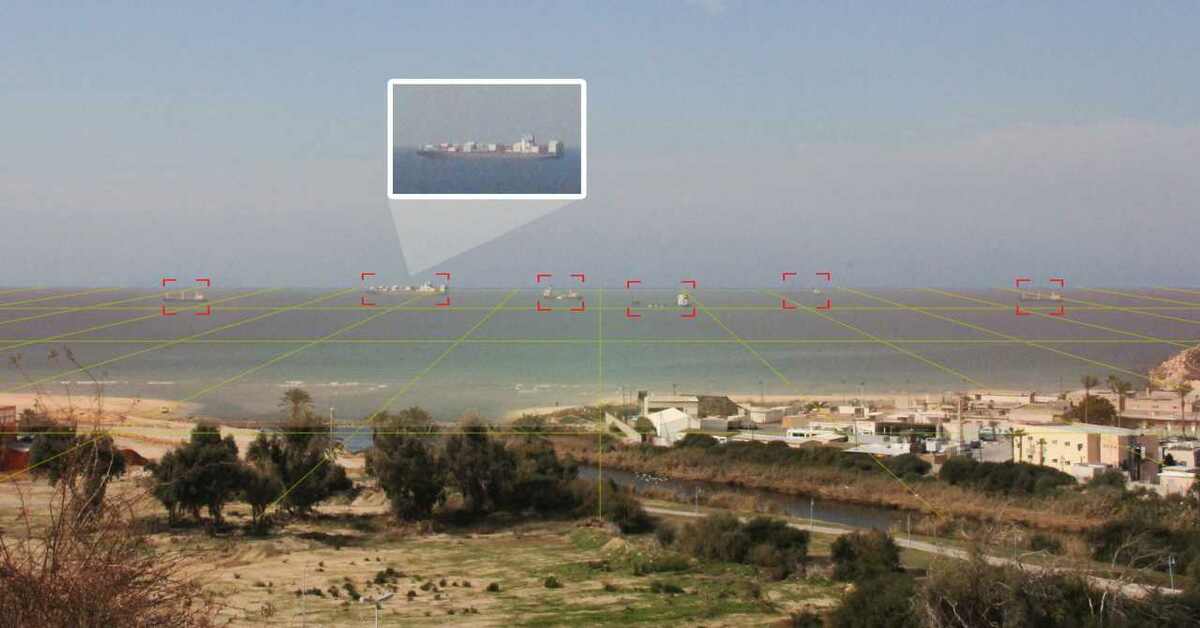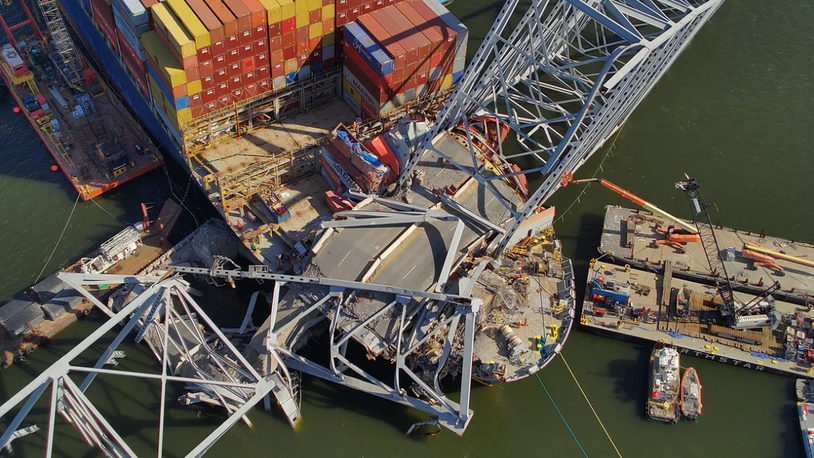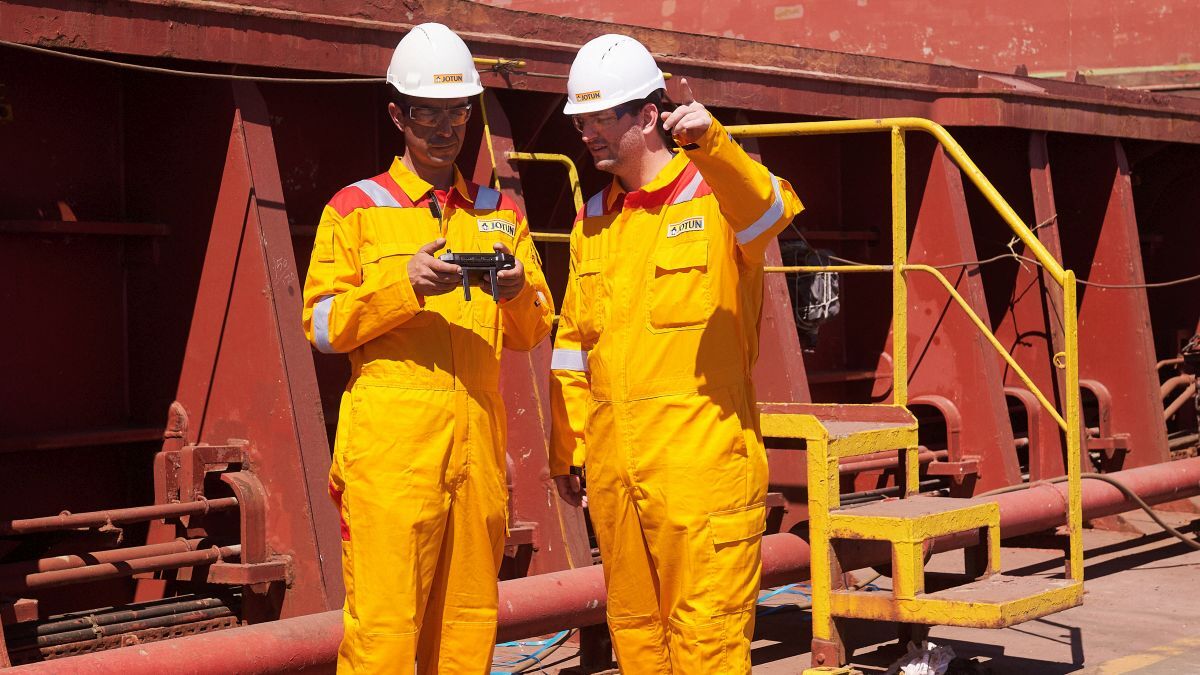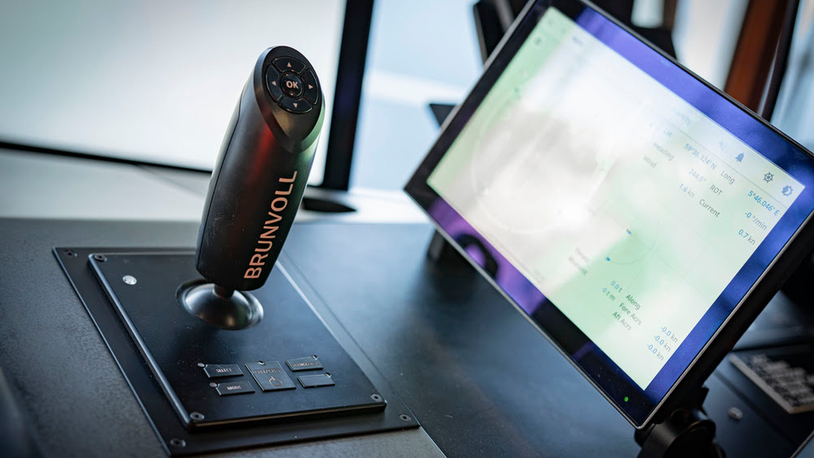Business Sectors
Events
Contents
Infrared sensors and radar improve maritime surveillance
Infrared sensors can improve a nation’s maritime and coastal surveillance by augmenting information already delivered by radar
Maritime targets as small as swimmers can be detected in various ranges using infrared technology.
Controp Precision Technologies used infrared and electro-optics to track multiple targets in dense maritime areas for both short and long ranges.
It presented the Tornado-ER infrared system for coastal surveillance, highlighting how it automatically detects and tracks multiple moving maritime targets.
This detects maritime hazards, moving objects and vessels up to 12 km from a coastline. It works alongside Controp’s Speed-ER long-range observation system, enabling users to investigate the targets and their contents.
Tornado-ER has two mid-wave infrared (MWIR) cameras with live video from each integrated to generate one panoramic stream, which can scan 360° in three seconds.
Speed-ER is an extended long-range camera and highly stabilised optics.
Both are controlled through a dedicated human-machine interface to access panoramic imagery, maps, enlarged images and observation videos.
This uses MWIR, short-wave infrared, daylight video channels, a laser range finder and laser pointer.
Radar can also be used for coastal and maritime security. Terma’s coast surveillance is based on its Scanter radar that detects targets in short and long range. It can separate multiple surface and air targets in close proximity in all weather conditions.
Terma said it was developed to protect natural resources from illegal fishing and prevent maritime crime by tracking and monitoring vessels in territorial waters. Scanter radar can also be used for search and rescue missions in low visibility.
Hensoldt’s Kelvin Hughes SharpEye radar is also used for coastal surveillance. This is a solid-state radar with long-range detection using a surface search pulse Doppler radar sensor. This enables small targets to be detected in information clutter in long ranges.
- South Korean autonomous ship research centre invests in bridge simulator
- Wärtsilä discusses ’key to efficient OSV bridge operations’
- Futuristic passenger ship e-navigation revealed
Cambridge Pixel supplies radar trackers and display technology vessel traffic service (VTS) systems in ports. This is a low-cost, open, software-based radar tracker that will integrate with the VTS.
It works seamlessly with a range of proprietary radars and has plot merging capabilities to combine multiple echoes from large ship reflections into single plots.
The tracker is designed to operate with many different radar types including those from:
- Raytheon
- Kelvin Hughes
- Blighter Surveillance
- Saab Sensis
- Furuno Electric
- JRC
- Koden
- Navtech Radar
- Simrad
- Sperry Marine
- Terma
The latest installation of Cambridge Pixel technology is in the Port of Dover, which is investing in VTS alongside a major harbour renewal project. Its radar installation is designed to detect commercial and smaller private vessels at a significant distance from the port as well as monitoring vessel movements within the harbour.
Cambridge Pixel provided its SPx server for radar video tracking and distribution and its SPx library for displaying scan converted radar video. SPx server interfaces to each of the radars using proprietary network connections and accepts input from an automatic identification system (AIS) receiver, so that primary and AIS tracks can be viewed together. SPx server also provides high quality radar video pre-processing to optimise tracking performance.
Related to this Story
Events
Maritime Environmental Protection Webinar Week
Cyber & Vessel Security Webinar Week
The illusion of safety: what we're getting wrong about crews, tech, and fatigue
Responsible Ship Recycling Forum 2025
© 2024 Riviera Maritime Media Ltd.














